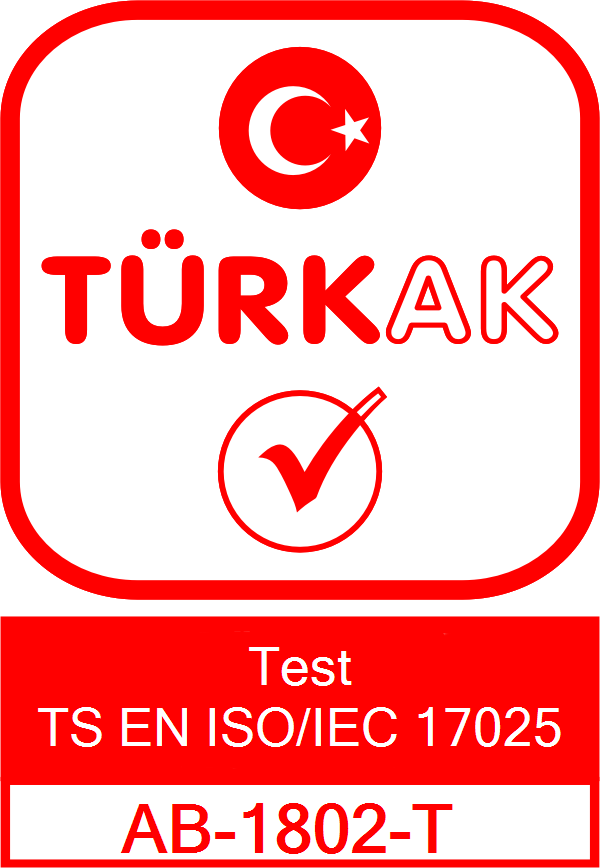Determination of Oil and Grease Residue
Residual Oil and Grease Determination on Medical Devices
Pre-Treatment: Extraction • Determination: Gravimetric Method
According to ASTM F2459
1. Purpose
During manufacturing and assembly of medical devices, lubricants such as machining oils, silicone greases and assembly lubricants may remain on the surface. These residues can:
-
Inhibit sterilization efficacy,
-
Cause cytotoxicity or inflammation (ISO 10993-1),
-
Lead to non-compliance with CE, FDA and ISO 13485.
2. Reference Standard – ASTM F2459
ASTM F2459 defines extraction and analysis of residues (oil, grease, processing contaminants) on metallic and polymeric medical devices.
✔ Used for cleaning validation
✔ Compatible with ISO 10993-12 sample preparation
✔ Recognized in FDA and EU MDR documentation
3. Extraction Procedure
| Parameter | Condition |
|---|---|
| Solvent | Hexane, IPA, or ethyl ether |
| Extraction Method | Ultrasonic bath or dynamic soaking |
| Temperature | 25–50 °C |
| Duration | 30–60 minutes |
| Ratio | 1 device / 50–200 mL solvent |
4. Gravimetric Determination
-
Pre-weigh a clean evaporation dish (m₀)
-
Transfer extract into the dish
-
Evaporate solvent at 105 °C
-
Weigh residue (m₁)
5. Acceptance Criteria
| Criteria | Limit |
|---|---|
| mg/device | ≤ 0.5 mg |
| µg/cm² | ≤ 2 µg/cm² |
| Visual Inspection | No visible residue (ASTM F2459) |
6. TTS Laboratory Services Provide
✔ ASTM F2459 compliant oil and grease residue testing
✔ Gravimetric + FTIR confirmation of organic contaminants
✔ ISO 10993-17 toxicological risk analysis
✔ Documentation suitable for ISO 13485, CE and FDA submissions

